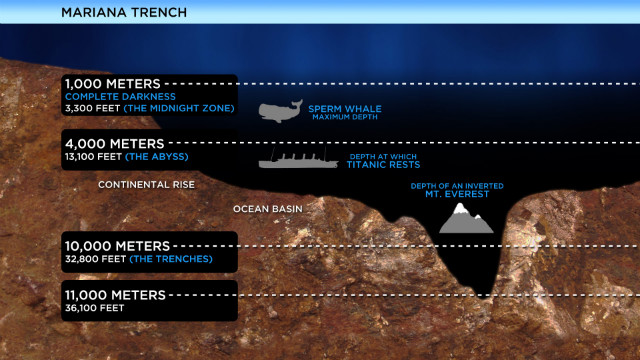Astronomers have found a giant black hole in a tiny galaxy, which is quite opposite of the general belief of scientists that the size of the black hole is perpendicular to the size of the galaxy it is present in. Our own galaxy, Milky Way, also hosts a black hole in the centre of the galaxy named Sagittarius A. The galaxy, NGC 1277, is one-fourth the size of our galaxy but hosts a black hole 4000 times the size of the Sagittarius A. This is the second-heaviest black hole ever discovered whose mass is 17 billion times of our Sun.
The black holes cannot be measured for size because they cannot be seen. This is because they absorb all the light reflected at them and thus their size is measured by their sphere of influence. The sphere of influence measures the gravitational effect the black hole has on its surrounding stars and gases.
Remco van den Bosch and his colleagues at University of Texas have found that some of the largest black holes are found in the small galaxies. NGC 1277 is one of these small galaxies in the constellation Perseus, which is 220 million light years away from our galaxy. It's black hole is as large as our Solar System and it contains 14% mass of the entire galaxy. Dr Van den Bosch said, "The only way to you can actually make those high dispersions in the centre is by having that really big black hole, there's really no other way around it."
With the help of NGC 1277's black hole, astronomers are now trying to advance their theories about the evolution of black holes and the relation between their size and the galaxy's size they are present in.


